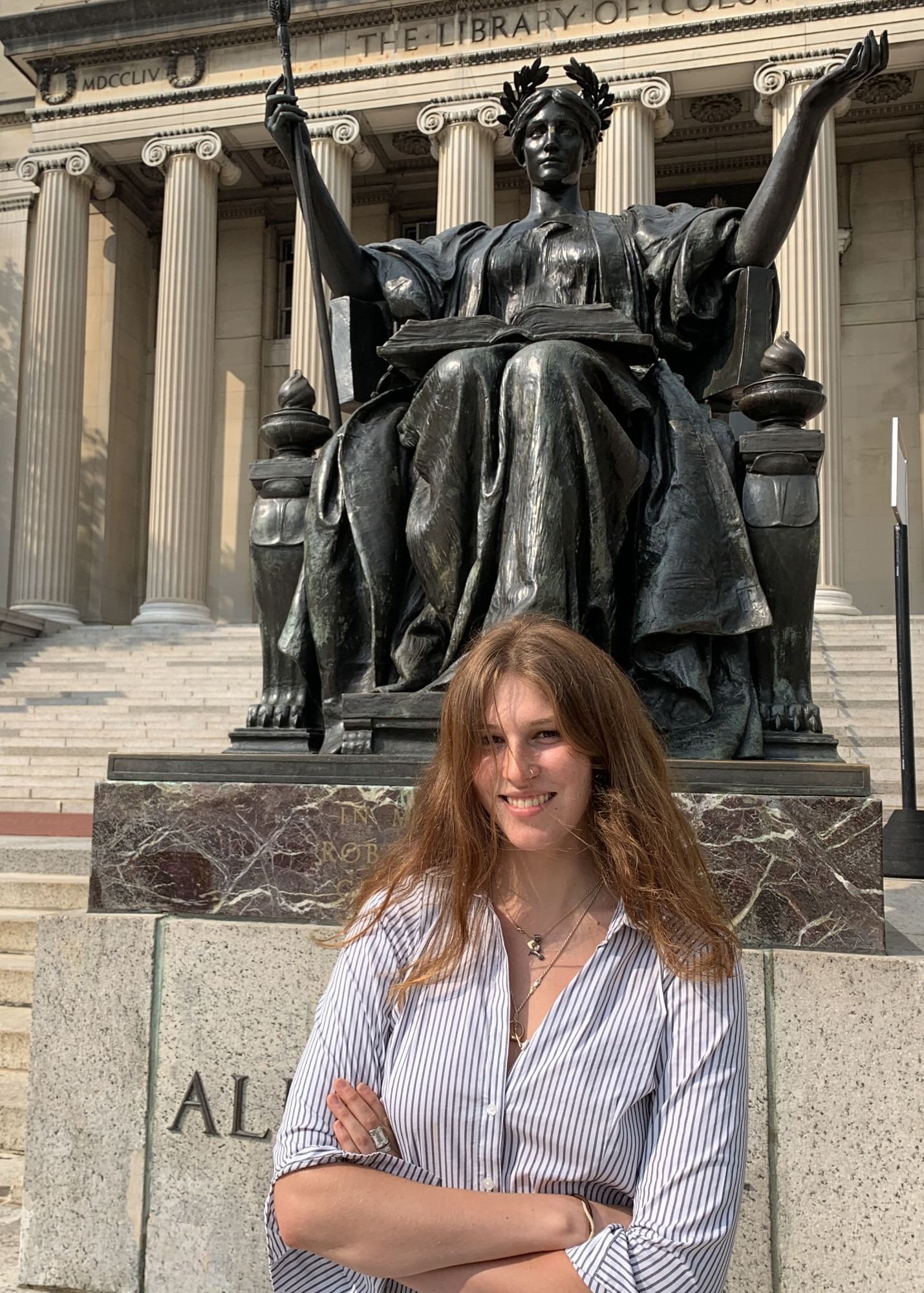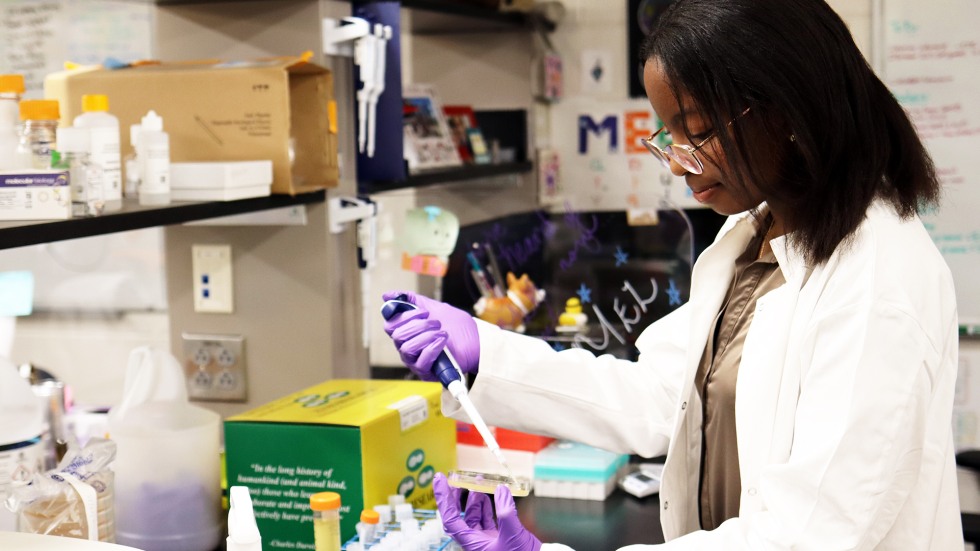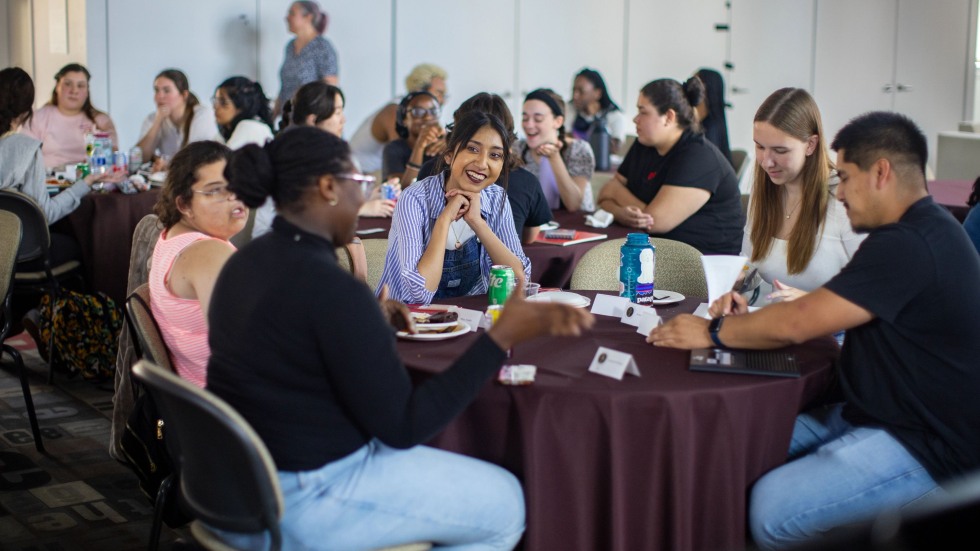PROVIDENCE, R.I. [Brown University] — After spending nearly a year working for Legal Aid of NorthWest Texas, rising Brown University junior Mia Reiland knew she wanted to make an impact in the field of legal services for Native Americans.
To help set her on that path, Reiland applied to the Leadership Alliance Summer Research Early Identification Program, which provides research opportunities at leading colleges and universities with a focus on reaching students from backgrounds historically underrepresented in research fields and higher education.
This summer, she is among 400 students from schools across the country participating in Leadership Alliance programs, where they are conducting research and exploring pathways to doctoral degrees and research careers in academia, the public sector and industry.
Founded at Brown in 1992, the Leadership Alliance has grown into a consortium of over 30 institutions nationally — from Brown to Harvard University to the University of Miami to historically Black colleges and universities such as Tougaloo College and Morehouse College.

Reiland is participating in Columbia University’s cohort of the Leadership Alliance Summer Research Early Identification Program in New York, where she is engaged in a research project through Columbia’s history department studying Indigenous migration patterns to cities, with a focus on Indigenous communities in Dallas and Minneapolis.
“I had really enjoyed the research aspect of my work at the Legal Aid, and the work I’m doing at Columbia allows me to take those skills but apply them to a new topic,” said Reiland, who is concentrating in urban studies and sociology at Brown.
Leadership Alliance participants engage in research across all disciplines, including biomedical engineering, environmental science, social sciences, ecology and evolutionary biology and more — all while learning about graduate studies, research careers and strategies to successfully apply to graduate school programs, according to Samantha Andersen, the Leadership Alliance’s coordinator of undergraduate programs.
“The Leadership Alliance really allows students to build both personal and professional connections with their faculty mentors and other students within the program,” Andersen said.
Originally established by Vartan Gregorian, who served as Brown’s president from 1989 to 1997, the Leadership Alliance’s executive office is still housed at Brown. And the University has the largest cohort of any participating institution, welcoming 70 students to campus this summer from 50 different U.S. colleges and universities for the nine-week summer program, Andersen said.

